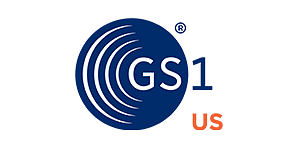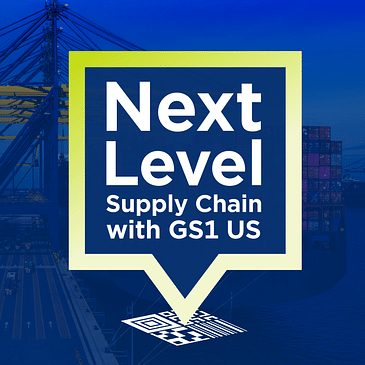Radio frequency identification (RFID) and 2D barcodes are transforming how we handle the supply chain.
Sarah Jones Fairchild, Vice President of Sales Operations at SWIM USA, talks 2D barcode applications for customer safety, efficiency in retail checkout, inventory management, and the broader implications for companies as they prepare for the technological demands of the future. Sarah explains the importance of high-quality data and the impact of incorrect data on consumers. She also touches on the potential for these technologies to address industry-specific needs and regulatory requirements.
Sarah highlights her personal experience with tech at home and work, specifically how it helps align information for everyone. The discussion emphasizes the importance of GS1 standards for ensuring compatibility in the supply chain and the necessity of proper data management to fully leverage RFID and 2D barcode capabilities. The conversation levels supply chain tracking information for business owners of all types and why RFID can take a few years to implement.
Key takeaways:
-
Integrating RFID and 2D barcode technologies in supply chain operations is essential for improving accuracy and efficiency.
-
Data quality and management are challenging across industries, particularly with the need for high compatibility and usability standards.
-
Companies must embrace technologies such as RFID and 2D barcodes for the future.
Resources:
Connect with GS1 US:
Our website - www.gs1us.org
Connect with guest:



